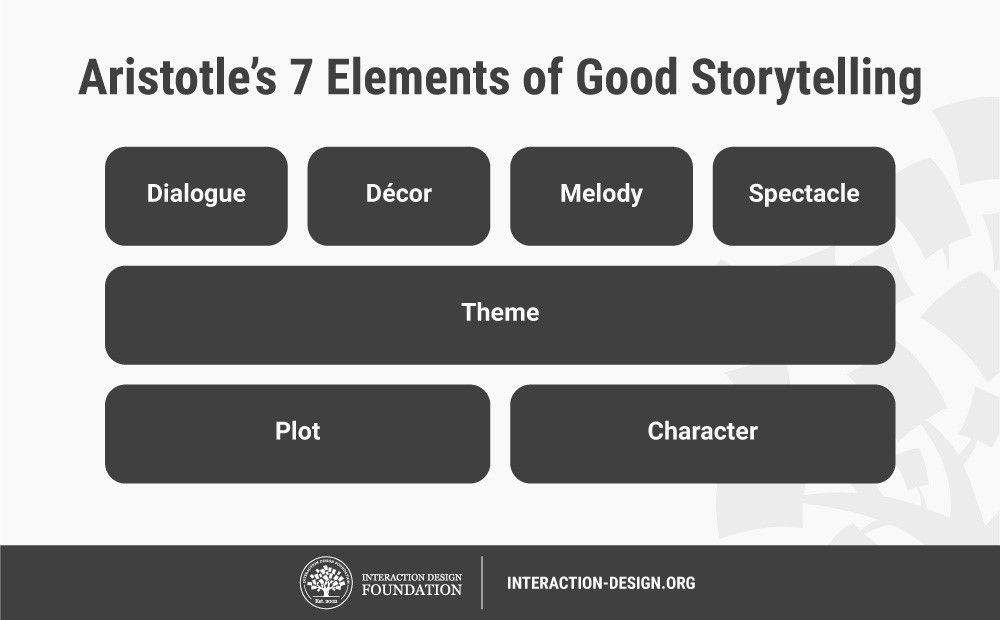Storytelling is a crucial element of game design, helping to create a sense of purpose and meaning for players. A well-crafted story motivates players to explore the game world, provides context for gameplay mechanics, and makes them more memorable and intuitive. Plotting a player’s journey includes consideration of key elements such as characters, conflict, setting, and player choice. Game designers need to carefully consider how these elements can support the story, create opportunities for character development and plot twists, and lead to a highly personalized and immersive experience for players.
The Role of Storytelling in Game Design: Plotting a Player’s Journey
Game design is an intricate process that involves a range of different elements, including graphics, sound, and gameplay mechanics. However, one of the most crucial aspects of game design is storytelling. A well-crafted story can make a game stand out from the crowd, engaging players and keeping them immersed in the game world. In this article, we’ll explore the role of storytelling in game design and how it can be used to plot a player’s journey.
The Importance of Storytelling in Game Design
One of the key reasons why storytelling is so essential to game design is that it helps to create a sense of purpose and meaning for players. When players feel invested in the story of a game, they are more likely to be motivated to continue playing and to explore the game world in greater depth. Additionally, a well-crafted story can help to provide context for the gameplay mechanics, making them more memorable and intuitive.
Plotting a Player’s Journey
When it comes to plotting a player’s journey through a game, there are several key elements of storytelling that designers need to consider:
The Role of Characters
Characters are one of the most important elements of any game story. They provide a focal point for the player’s journey, and their motivations and personalities can help to drive the narrative forward. When creating game characters, designers need to think carefully about their traits and how they will evolve over the course of the game.
The Importance of Conflict
No story is complete without some form of conflict, and games are no exception. Whether it’s a battle against a difficult boss or a complex moral dilemma, conflict provides players with a sense of challenge and tension. A well-crafted conflict can also help to drive the story forward, creating new opportunities for character development and plot twists.
The Role of Setting
The setting of a game can also play a crucial role in the narrative. Whether it’s a post-apocalyptic wasteland or a fantastical dreamland, the setting provides context for the player’s journey and helps to create a sense of immersion in the game world. Designers need to think carefully about how the setting can support the story, whether it’s through providing interesting environmental challenges or creating opportunities for character development.
The Power of Choice
One of the most exciting aspects of game storytelling is the power of choice. By allowing players to make decisions that affect the course of the story, designers can create a sense of agency and investment in the game world. Whether it’s choosing to spare the life of an enemy or deciding to pursue a particular romance plotline, player choice can help to create a highly personalized and immersive experience.
Conclusion
Storytelling is a vital element of game design, and careful attention to the narrative can make all the difference in creating a compelling gaming experience. By thinking carefully about the role of characters, conflict, setting, and player choice, game designers can plot an engaging and memorable journey for players to experience.
